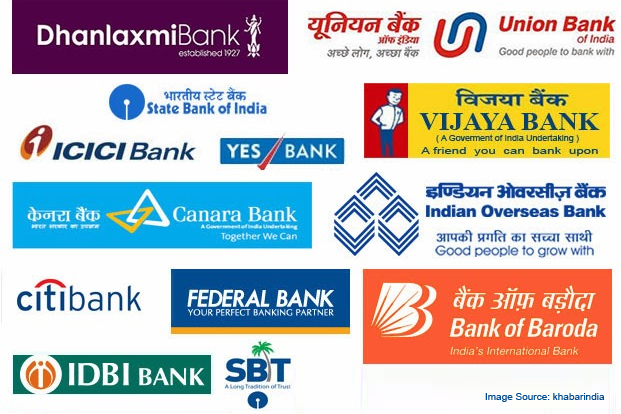How to open Bank Account online
Online Bank Account Opening Process Steps:
Opening a bank account online is easy. It can take just minutes and save you a trip to a bank branch. In addition, the top online banks are FDIC-insured and offer higher rates and low or no fees.
Here’s what you need to open a bank account online:
- Social Security numberor, for noncitizens, another identification number.
- Valid driver’s licenseor other government-issued ID
- Debit card information, or routing and account numbers, for another bank account you own. You can find these on a check or by logging into your existing account’s online dashboard. You’ll need this information to make your initial deposit to your new account.
Decide on the type of account
Before you start the application, you have two key decisions to make:
Single or joint account?
With a single account, you’re the sole owner. A joint account is one you co-own with another person, generally a family member or significant other.
Checking, savings or other?
Determine this new account’s primary purpose, whether it’s earning interest on money set aside in savings or having unlimited access to cash with a checking account.
If the financial institution you choose offers multiple savings or checking accounts, compare them to see which terms and features work best for you, including interest rates, balance requirements, the various fees that come with the account — and what you need to do to get those fees waived.
Also confirm that the account will be FDIC insured, which means the Federal Deposit Insurance Corp. protects your money in case the bank fails. Accounts at credit unions have equivalent protection from a separate government agency, the National Credit Union Administration.
Fill out the application carefully
Using a secure home internet connection or other trustworthy network, fill out the application with your personal details, which will likely include:
Name
Address
Contact information
Proof of identification and citizenship
Check for misspellings.
Though in most situations you can send this information online, there may be some cases where you are asked to fax or email additional documents, such as a copy of your driver’s license, to help verify your identity.
Some financial institutions might ask for details about your employment, income and accounts you have at other banks. If you aren’t a legal adult, you’ll also need a parent’s information and approval as co-signer. You’ll be asked to confirm that you’ve read the account disclosure agreements. If you sign up for an online-only bank account, you may have to accept a “paperless agreement,” meaning no bank statements or messages will come in the mail.
Make the initial deposit
For a new online bank account, an initial deposit usually means making a transfer from an existing account.
If you don’t have one, you may be able to send in a money order or fund it later. Otherwise you’ll have to open the new account with cash at the bank’s local branch.
Once you enter in the details for the transfer, choose an amount that satisfies any minimum balance or starting deposit requirement. The funds generally take a few days to process, and then you can start managing your new account.
If you’re ready to open a new bank account, familiarize yourself with some banks and credit unions.
The above mentioned steps are to be followed for opening a Bank Account online.
